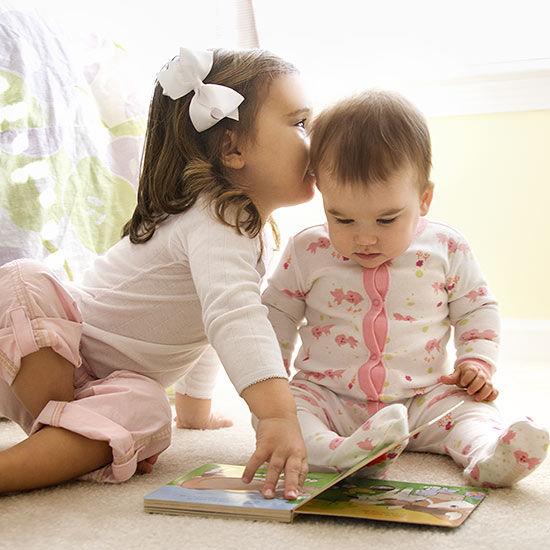
There are many parenting styles but all hold certain commonalities. Among the most important ones is the desire to raise babies with high self esteem and deep sense of confidence. Baby sign language is one of many resources parents can incorporate to ensure empowerment and give babies a head start when it comes to confidence.
Baby Sign Language Promotes Positive Feelings
One of the first interactions you will have with your baby is through visual engagement and focus. From the very start you can begin signing emotional signs that convey encouragement and affection making sure you utilize voice intonation and facial expressions that support the sign. Equip your baby to make associations between a sign and the sense that he or she is loved, appreciated and able.
Baby Sign Language Allows You to Respond to Early Cues
One of the most important aspects of baby sign language is having the ability to communicate with your pre-verbal child and being able to respond to their basic needs. Responsiveness to early cues lets you baby know that he or she is valued and boosts self confidence as well as trust in others. This is particularly relevant with signs associated to basic needs such as food, warmth and conveying pain.
Baby Sign Language Gives You a Way to Encourage
We all need a cheerleader. Baby sign language gives your baby the opportunity to have early achievements that can be celebrated. As he or she progresses make it a point to respond enthusiastically each time he or she makes an effort to mimic a sign. Micro-celebrations set the stage for a happy and confident child.
Baby Sign Language Facilitates Parent-Child Bonding
A child that feels understood from the very beginning is far more likely to develop a strong sense of confidence and a deep connection with their parents and caregivers. Through equipping your baby with basic signs and responding to the signs by meeting their basic needs your baby will know that you are there for him.
Baby Sign Language Equips You To Respect & Comprehend Your Baby’s Temperament
Every baby is different. From the moment your child is in the womb you will become familiar with the nuances that make him or her unique. Through properly responding to their temperament you will foster self-assurance and equip your baby to embrace who they are from the very beginning. Teach your baby emotional signs such as angry, sad and happy to help them convey their emotions.
To get started with baby sign language visit our quick start guide or order our comprehensive kits curated to meet your baby signing needs from birth to preschool.












